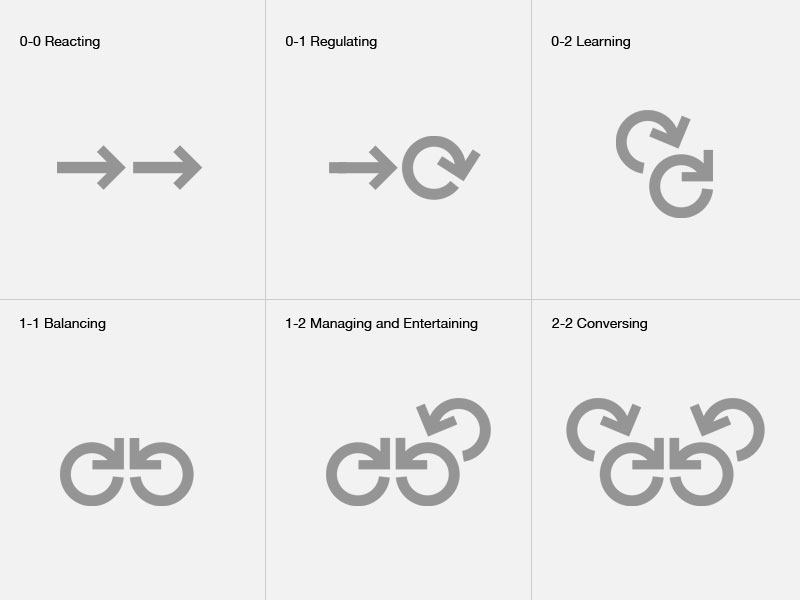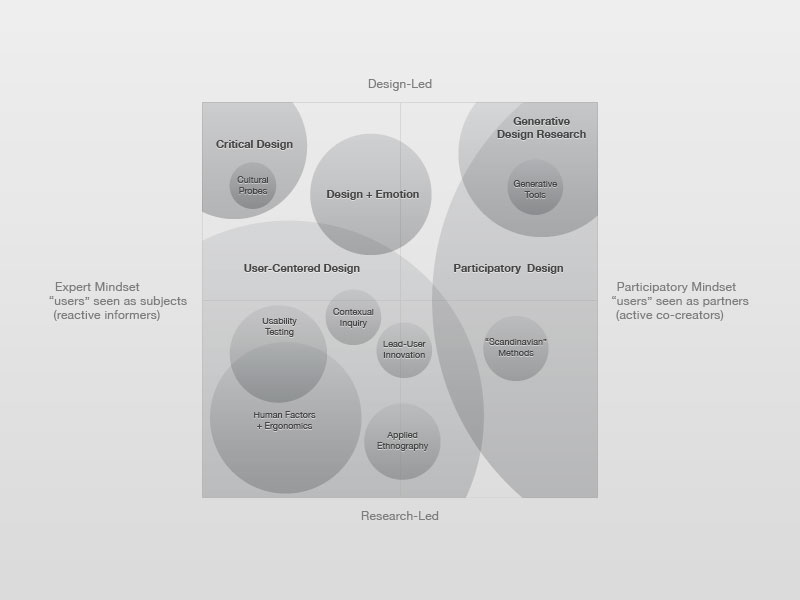The idea so far in its embryonic state is this…
- Qualitative Experiment on up to 36 subjects to undergo an initial online survey to identify a capacity to describe and communicate a cognitive model (subject to be defined). The subjects who can clearly communicate their 'mental model' will be graded into study groups for the next phase.
- This study group will then be asked to explain how they understand how they perform an interactive task.
- These 'mental models' will be visually documented.
- From this documentation visual interactive prototypes will be produced as iterative tests of a 'designer's model'.
Phase
I do realise that this is very woolly right now and lacks definition. It's root is in an experiment performed by Dedre Gentner and Donald R. Gentner disseminated in their 1983 paper "Flowing Waters or Teeming Crowds: Mental Models of Electricity". My outcome will be demonstrably different to theirs, but their method is certainly a foundation to develop on. I will continue to work on this planning over April.
To summarize though what my intended outcome will focus upon: it will be creating a range of interaction prototypes that are define and designed using 'designer models' interpreting users' 'mental models' of the interaction. The outcome will be focused on visually communicating the experimentations of matching an interface design to how a user thinks it works rather than how it works.
I know I can communicate this better, so please bear with me as I begin to form my methodology and outcomes. Any comments would be greatly received, but please add them to this post by clicking 'Comments' rather than emailing them. Once I have the project more defined I will utilise the Interaction Design community www.ixda.org to inform me of any similar experiments, to ensure I am doing and experiment that will open new ground.
The final thing I need to emphasize is that this project will focus on the visual communication of the interactive process.
Reference:
Gentner, D. & Gentner D.R. (1983) Flowing Waters or Teeming Crowds: Mental Models of Electricity. In D. GENTNER, and A.L. STEVENS, eds. Mental Models. Lawrence Erlbaum Associates Inc. pp99-129







